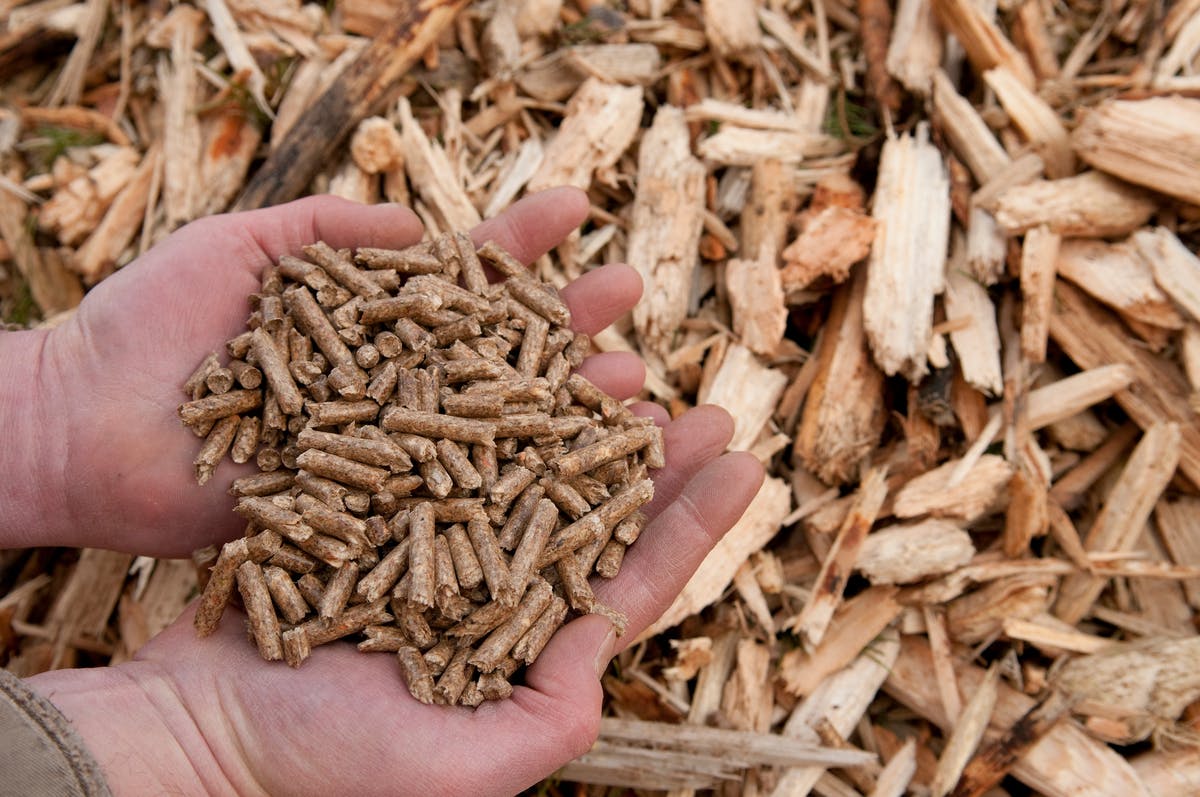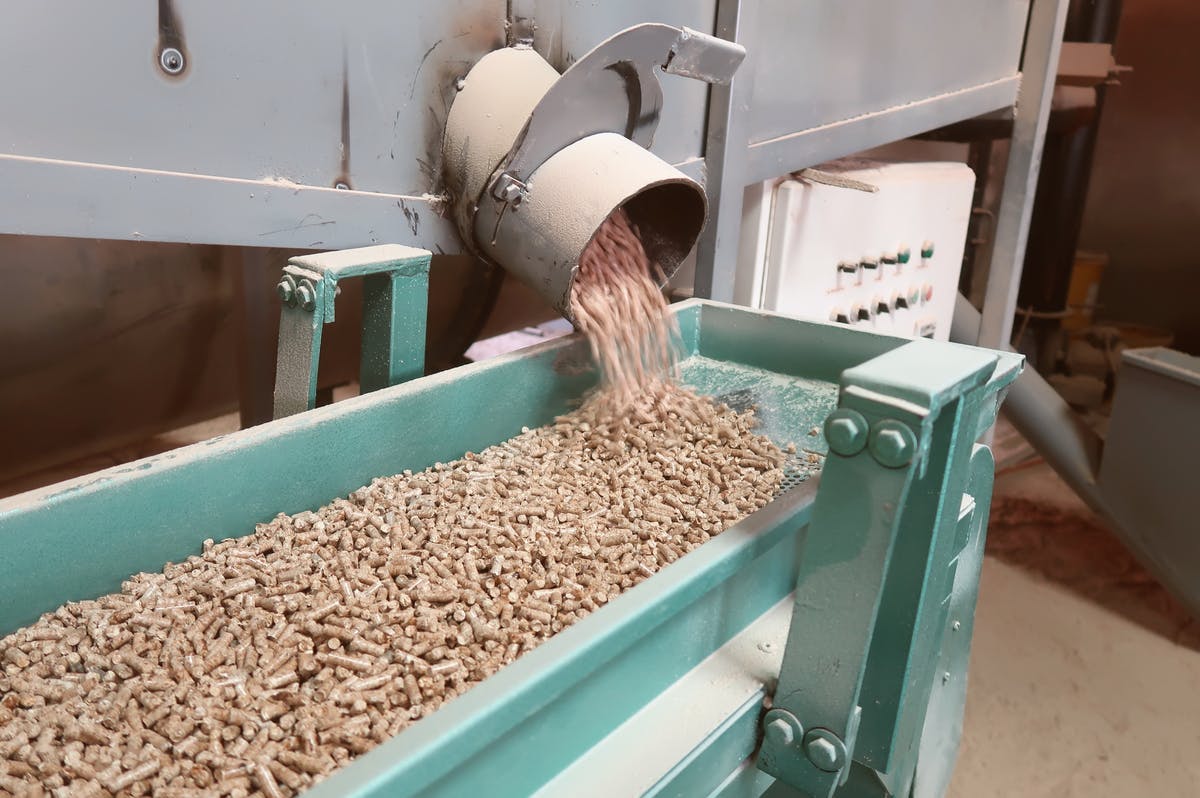
WOOD PELLETS
ARE BIOFUELS
Compressed wood particles
Made primarily from the residuals left over from the sawmilling process when logs are converted into lumber and other high-value wood products. By making wood pellets from fibre that was once burned or left behind, the wood pellet sector is reducing waste and turning that debris into valuable, low carbon biofuel.
WHY CHOOSE WOOD PELLETS?

- Renewable
Wood pellets have a decided advantage over fossil fuels: They are produced from renewable materials such as wood shavings and saw dust.
- Sustainable
Severe rise in prices and unpredictable risks characterize the market for fossil fuels. In comparison, the supply of wood from domestic forests is much more secure and less volatile.
- Cost-effective
The economic advantages of wood pellets are striking: Compared to fossil oil or natural gas, you can save about half of your expenses on fuel. An important factor for the cost-effectiveness of wood pellet heating are the highly efficient heating devices that were developed for this solid fuel. Wood pellet central heating boilers, as well as wood pellet stoves, transform more than 90 % of the energy contained in the fuel into usable heat. Essentially, it is this combination of low fuel costs and efficient heating devices that makes the use of wood pellets so cost-effective.
- Comfortable
Wood pellet central heating boilers are known for high user comfort, easy operation and cleanliness.
- Eco-friendly
Since wood absorbs the same quantity of CO2 from the atmosphere whilst growing as is emitted during combustion, wood fuels do not contribute to the concentration of carbon dioxide in the atmosphere. Even if one takes the deployment of fossil fuels for production and transport of wood pellets into account, the result is a CO2-reduction of over 95 % compared to the use of heating oil. A crucial advantage of wood pellet heating are the extraordinarily low emissions. Dry fuel, the electronic regulation of combustion air and the hot combustion chamber provide for an optimal and clean burning.
- Domestic Economy
The use of wood pellets not only offers significant advantages for the environment and clear economic advantages for the customers, but also provides a secure future market for domestic companies which deliver the fuel, manufacture the heating devices, install and service them.

HOW PELLETS ARE MADE ?
- Raw Material
The production of wood pellets begins with the generation of the raw material. In most cases this raw material is a byproduct of some other wood processing operation.
- Exclusion of impurities
Filtering foreign matter using sieving machine and collecting light foreign matter in the air using of air blow filtering machine
- Drying
The pellet raw material must be uniformly dried to a low moisture content feedstock by using of dryer.Low moisture content is also the main reason that wood pellets burn so well.
- Making pellet
Once the feedstock has been dried, it is fed into a hammer mill to produce wood particles that are a consistent size. This process helps make the pellets a uniform density so that they provide a consistent heating value.
Pellets are extruded using special dies. High pressure (45,000 PSI) and temperatures (200 F) are generated in this process, which softens lignin in the wood and binds the material in the pellet together. No additional adhesives are required, although sometimes small amounts of lubricants may be added to improve processing. - Cooling & Packing
On the ground of high temperature of direct excluded pellet produced by pelletizer, pellet move to cooling tower through conveyer.
Once the pellets are formed and cooled, they are packaged in bags or stored in bulk.